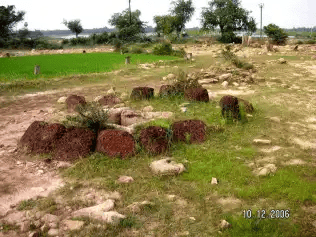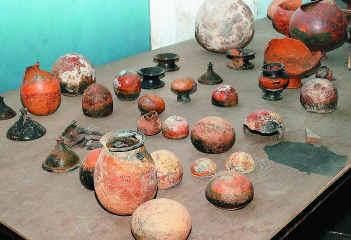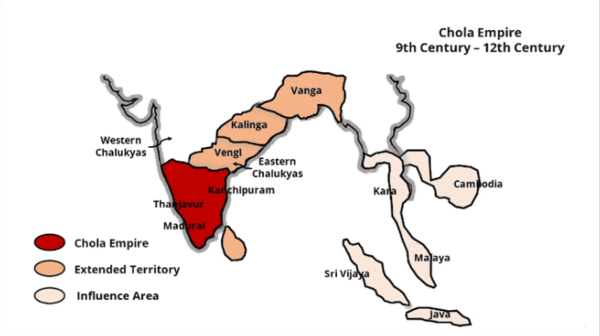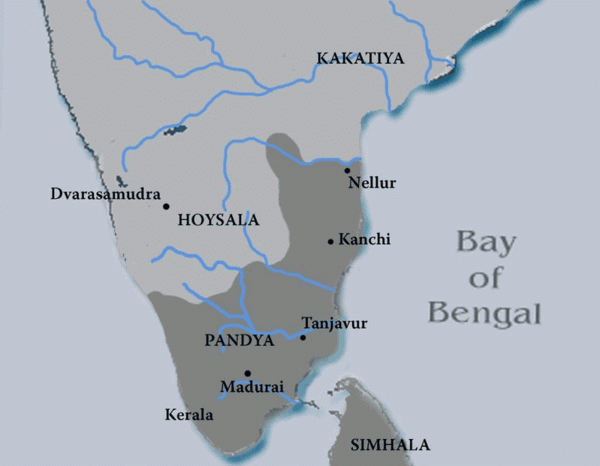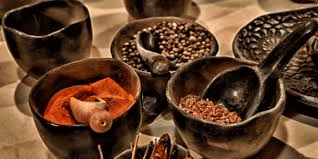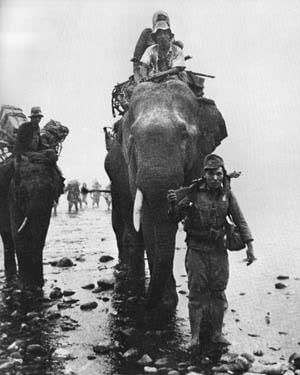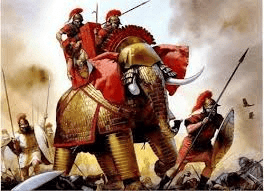|
True or False: The megalith builders in southern India engaged in advanced farming techniques. |
Card: 1 / 40 |
|
What materials were commonly found in megalithic graves in southern India, indicating a belief in an afterlife? |
Card: 3 / 40 |
|
True or False: The Chola Kingdom was known for its significant naval power and extensive trade. |
Card: 7 / 40 |
|
Fill in the blank: The Chera Kingdom was located to the ___ and ___ of the Pandya region. |
Card: 11 / 40 |
|
Which kingdom had its capital established at Puhar and was prominent in cotton trade? |
Card: 13 / 40 |
|
Fill in the blank: The Chola Kingdom flourished during the ___ century A.D. under King Karikala. |
Card: 15 / 40 |
|
True or False: The Tamil region was known for cultivating only paddy and sugarcane. |
Card: 19 / 40 |
 Unlock all Flashcards with EduRev Infinity Plan Starting from @ ₹99 only
|
|
Agricultural produce in the Kaveri delta could feed ___ individuals with the space of an elephant's rest. |
Card: 21 / 40 |
|
Taxes from the peasantry maintained a standing army consisting of ox-drawn chariots, elephants, cavalry, and infantry. |
Card: 24 / 40 |
|
Custom officials managed trade activities, collecting transit duties from moving merchants. |
Card: 28 / 40 |
|
Brahmanas in the Sangam age were primarily known for receiving rewards from kings in the form of ___ and ___. |
Card: 29 / 40 |
|
True or False: The social structure during the Sangam age was characterized by clear and rigid caste divisions. |
Card: 31 / 40 |
|
False; distinct caste divisions prevalent in later times were absent during the early Sangam age. 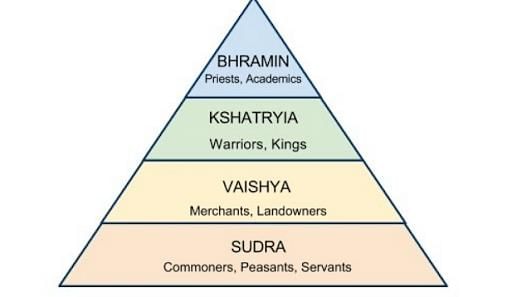 |
Card: 32 / 40 |
|
The ruling caste, known as ___, had marital relations with the rich peasant class called ___. |
Card: 33 / 40 |
|
Fill in the blank: Women from the lowest class, known as ___, primarily conducted agricultural tasks. |
Card: 35 / 40 |
|
What role did the valiant warriors, titled enadi, play in the social structure during the Sangam age? |
Card: 37 / 40 |
|
They played a vital role in both military and civil positions under the ruling powers. |
Card: 38 / 40 |
|
Fill in the blank: The Sangam age exhibited marked social inequalities, with rich individuals living in ___ and poor individuals in ___. |
Card: 39 / 40 |





